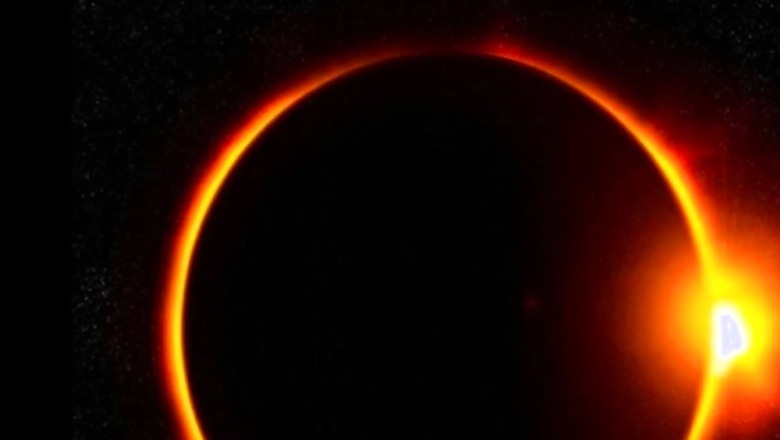
views
A total solar eclipse will be witnessed across North America on Monday, April 8. Total eclipses turn the sky dark, thus creating a sense of fascination among scientists, experts and others for many decades now. As the total solar eclipse will occur on Monday, Google has now come up with an interesting feature, giving an ‘eclipse’ touch to the search results for the phenomenon. Upon typing solar eclipse, the search engine triggers an animated eclipsed sun on the screen before showing the results.
Quite an exciting twist to today’s total solar eclipse, the feature is thrilling users globally and also sparking curiosity. Many tuned in to the web to learn about this rare phenomenon. In the meantime, many other solar eclipse-related memes and posts have also gone viral on social media. From former US President Donald Trump’s viral clip watching the 2017 solar eclipse without glasses to eclipse prediction from 1970, viral posts are all over the internet, creating even more anticipation among people.
Notably, a total solar eclipse usually takes place when the moon directly passes between the Earth and the Sun, completely blocking out the sun’s lights and casting a shadow on the Earth.
More about the total solar eclipse 2024
The total solar eclipse will take place on Monday, 8 April. However, it will be visible only in parts of the United States, Mexico and Canada, charting a 115-mile-wide path. Further, a partial solar eclipse will be visible from parts of Colombia, the Caribbean, Spain, the United Kingdom, Venezuela, Ireland, Iceland and Portugal.
As per the astronomers, the event will be a rare phenomenon and will not take place in the US for the next two decades. However, another such phenomenon will be witnessed in August 2026 in Greenland and Iceland.
The Pacific coast in Mexico will be the first location to witness the total solar eclipse at 11:05 AM (PDT) following which it will northeast and begin at 1:27 PM (CDT) in Eagle Pass, Texas. Finally, it will end its time in the US around 3:35 PM (EDT) and enter Canada’s maritime provinces.
While the eclipse will not be visible in India, those who still want to enjoy the view can follow a live webcast by NASA.



















Comments
0 comment